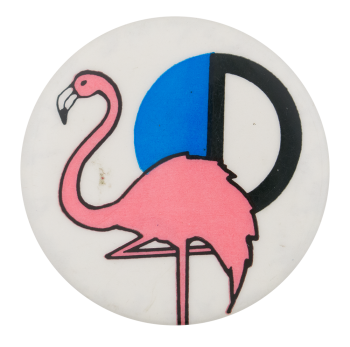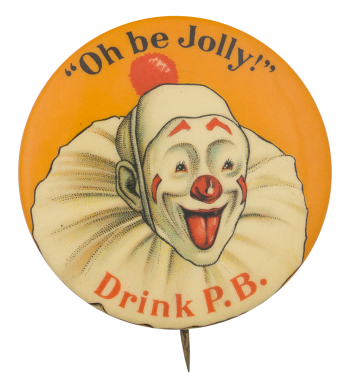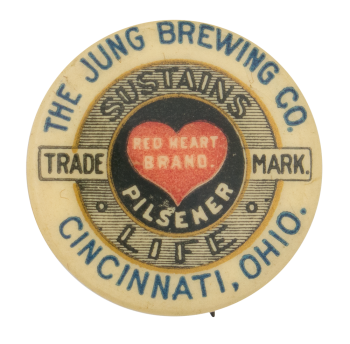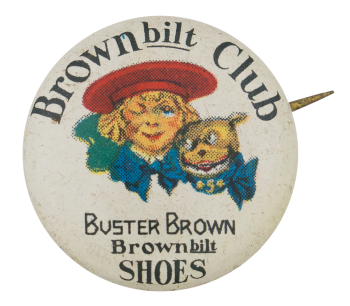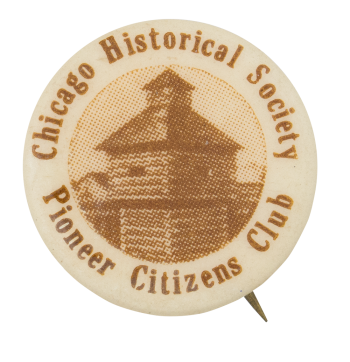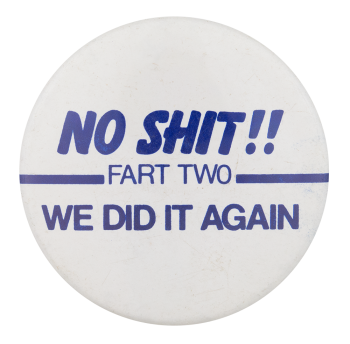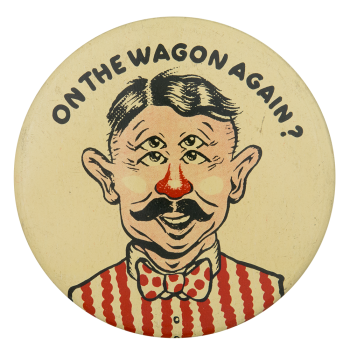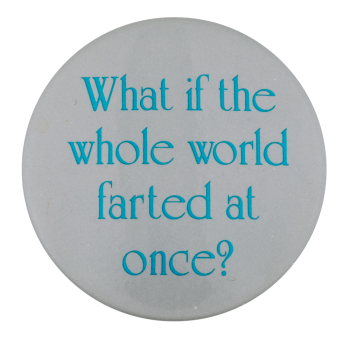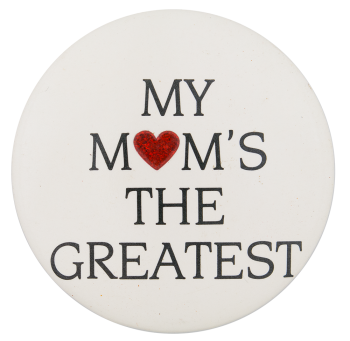Pink Flamingo
| Category | |
|---|---|
| Additional Images | |
| Sub Categories | |
| Image Description | Illustration of a pink flamingo in front of a blue, black and white cirlce on a white background |
| Back Style | |
| The Shape | |
| The Size | |
| Additional Information | Did you know flamingos are pink because of the foods they eat? Lucky us, we get to appreciate these beautiful, balanced creatures in zoos and the watery oases where they live. Their classic pose, the one leg on the ground and the other in the air, is iconic and flamingos are found in a variety of artistic depictions from the highbrow to the lowbrow. |
| Sources |
Jones, J. (2015, May 28). Neon Flamingo - Colour Alert. WGSN. Retrieved from https://www-wgsn-com.ezproxy3.library.arizona.edu/fashion/article/58147… |
| Catalog ID | AR0190 |

